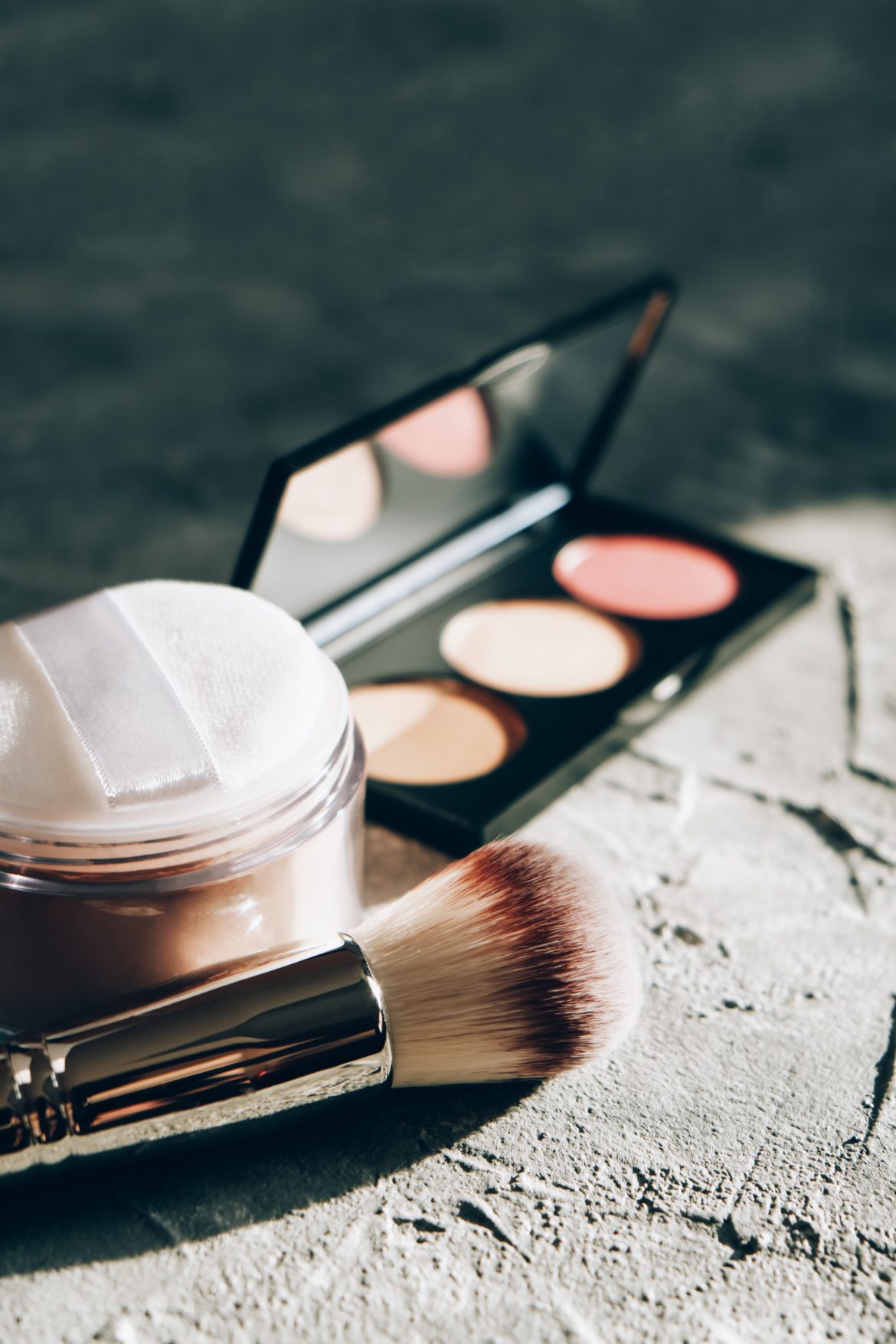A study shows the persistence of PFAS (per- and polyfluoroalkyl substances) in cosmetics in the US and Canada. Considered forever chemicals, these compounds do not break down in the environment. They are also linked to health issues such as cancer, compromised immune system, liver damage, low birth weight, and increased cholesterol levels. Products such as firefighting foam, carpet, cookware, and food packaging contain PFAS. The Environmental Science and Technology Letters published the research.
The researchers looked at 231 cosmetic products, and categorized them as having either low, moderate, or high fluorine levels. 52% of all the cosmetics tested contained high fluorine. But some cosmetic categories had a higher proportion of products with high levels of fluorine. The top of the list, 63% of foundations tested showed high fluorine levels.
Cosmetics Categories and the Percentage of Products with High Fluorine Levels
- Foundations: 63%
- Eye products: 58%
- Lip products: 55%
- Mascaras: 47%
- Concealers: 36%
Why Is This a Problem?
Environmental pollution from PFAS is one thing, but as cosmetics, you can absorb these chemicals directly. As the authors of the study state:
PFAS could be ingested when lipstick containing PFAS is inadvertently ingested, and some PFAS in mascara could be absorbed through tear ducts.
Fluorinated Compounds in North American Cosmetics
The Bright Side and the Challenge
On the bright side, some cosmetics do not contain PFAS, so this means that manufacturers can make cosmetics without them. The current challenge for consumers, however, is two fold: first the lack of transparency when it comes to labels. Second, PFAS provide certain product features that consumers look for.
Products advertised as “wear resistant to water and oils” or “long lasting” contained the highest fluorine levels. This makes sense, since PFAS do not break down in water. Try to avoid these features for now when choosing cosmetics as scientists find more sustainable alternatives.
Aside from longevity, according to the FDA: “These PFAS are used in cosmetics to condition and smooth the skin, making it appear shiny, or to affect product consistency and texture”. Overall, certain brands and retailers make an effort to use sustainable and clean ingredients. More than just claiming to have “natural” ingredients, demand transparency. The Environmental Working Group maintain’s a database, Skindeep, which verifies clean cosmetics.
Changing the Law
In terms of labeling, “only 8% of the 231 cosmetics screened for total fluorine had any PFAS listed as ingredients.”
Part of the problem, some products label PFAS with their generalized names or even trade names from chemical suppliers. These names differ from the fluorinated versions. Also, an ingredient like talc, for example, might not be considered a PFAS, but talc “can be treated with PAPs (polyfluoroalkyl phosphate esters), a forever chemical.
Fortunately, Congress seems to be addressing the problem. On June 15, 2021, Senators Susan Collins and Richard Blumenthal, a Republican and a Democrat, introduced the No PFAS in Cosmetics Act. The bill would require the FDA to ban the addition of PFAS to cosmetics.

